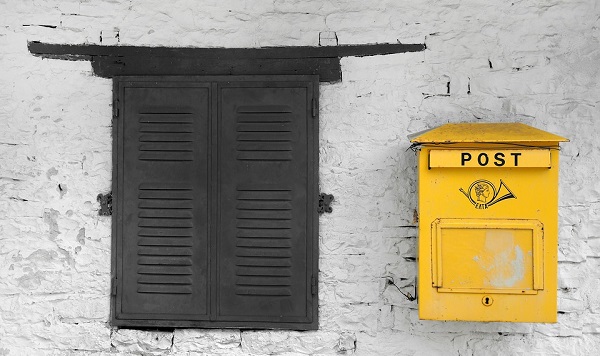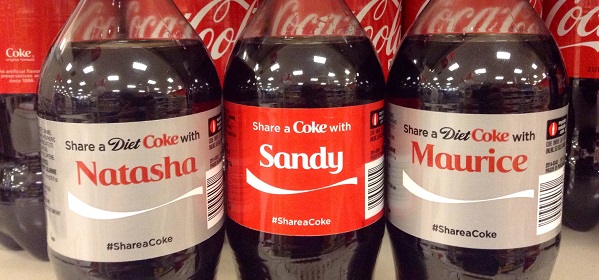Why personalisation is so effective
Remember that Coke campaign that put the names of people on the bottles? And what about those giant jars of named Marmite and Nutella that everyone got for Christmas last year?
The products were exactly the same, but people loved the packaging. Why? Because, quite simply, personalisation is something we’re programmed to react to.
Add a little glitz and glamour to the Christmas stocking this year with their own personalised jar! https://t.co/Dr2pEXA74J pic.twitter.com/vcAajPlju7
— Marmite (@marmite) December 5, 2016
Seeing your name immediately grabs your attention, undoubtedly. But the psychology of personalisation runs even deeper than this. A study by the University of Texas found that personalisation helps us to feel a greater sense of control as we feel we are choosing something meant for us.
#ShareaCoke rolls out 1,000 personalized songs feat. America’s most popular names! Find yours: https://t.co/iJGru220wH pic.twitter.com/dTcdzhEGlu
— The Coca-Cola Co. (@CocaColaCo) July 18, 2017
This subconscious pull is what makes personalisation such a useful marketing strategy. Emails with personalised subject lines are said to be 22.2% more likely to be opened than without, and a recent survey found that 55% of people say they would be ‘more likely’ to open a personalised piece of direct mail.

It’s clear that personalising mail, online or direct, helps to get a better response. But how can you use personalisation more widely to reach people with your printed campaigns?
Well, with most printed campaigns you only have a few seconds to catch somebody’s attention and using personalised language can help you really make these seconds count.
Whether it’s a poster, flyer, window graphic or billboard, speaking directly to your audience by using names, ‘you’ or greetings like ‘hey there’ helps to invite a response and encourages viewers to take further notice of your messages.
Where names aren’t always applicable, you can take this approach out wider. Coca Cola are currently using cities on their bottles, proving there is more than one way to get personal. Collective terms such as ‘good morning Leeds,’ ‘hello happy travellers’ or ‘hi there, new employee’ are equally useful ways of connecting your audience directly with your messages.
Ultimately, if you feel that a display relates to you, you will be more inclined to read it. And this can only mean better results for your campaign. Well-designed graphics are one thing, but how you choose to communicate with your target audience can be the difference between a successful campaign and just a pretty picture.
Want some help making your next graphic print project truly impactful? Talk to one of our experts about your objectives and we’ll recommend the right solution.









